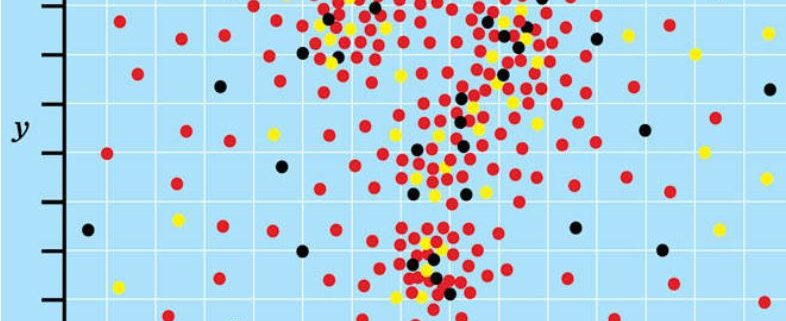El problema de la dispersión en el Centro de Contactos
La revolución de las comunicaciones o, en otras palabras, el hecho de estar conectados de forma permanente, tiene sus ventajas, como la disminución de ineficiencias de todo tipo. Pero de acuerdo con un artículo del McKinsey Quarterly, también tiene su lado oscuro: sobrecarga de información y fragmentación de la atención que afectan enormemente la dinámica laboral. Y esto incide con particular fuerza en la industria de los centros de contacto y la gestión de experiencia de clientes, cuya actividad gira en torno a la conectividad.
El problema no es nuevo, de hecho había sido materia de reflexión de clásicos del management como Peter Drucker. Pero está claro que el multitasking sigue siendo un tema relevante y polémico, con posiciones a favor y en contra sobre sus beneficios. Y a medida que se agregan servicios, aplicaciones y canales de interacción, la situación empeora.
En el entorno de un centro de contactos, administrar este desafío es tarea de los mandos medios. Y sobre ese marco, un primer consejo de los especialistas que -más allá de la gran dosis de autodisciplina necesaria- para tener éxito, los supervisores no pueden dar esta batalla en soledad. Es necesario involucrar a los equipos de trabajo, a toda la organización, con el fin de establecer un conjunto de normas que apoyen de manera más productiva el trabajo.
Los líderes y sus equipos deben discutir abiertamente la forma que elegirán para enfocar, filtrar y olvidar; cómo se apoyarán mutuamente para crear el tiempo y el espacio necesarios para mejorar su desempeño, y cómo permitir a otros, en toda la organización, hacer lo mismo. Esta conversación puede ser también el punto de partida adecuado para una mirada más profunda a las necesidades de información y tecnología de todos los trabajadores del conocimiento del centro de contactos.
Muchos supervisores y gerentes literalmente tienen dos días de trabajo que se superponen: el que está formalmente programado en sus agendas y el “antes, después y en el medio,” el que abordan inconexamente en los ratos libres. Muchas veces, la multitarea es un vano esfuerzo por mantener el ritmo de la información que fluye hacia ellos.
En conclusión: la lucha contra la sobrecarga de información requiere una enorme autodisciplina para poder enfocar, filtrar lo no importante y olvidarse del trabajo de vez en cuando. Pero ello no es suficiente. También es necesario el trabajo en equipo y la asistencia permanente a los operadores por parte de los niveles de supervisión.









